Brutal. That’s the only word to describe it. Development engineers from McLaren have just lapped a proving ground test oval at 150mph in a priceless prototype version of the firm’s new 570S Coupé.
Now they’ve abandoned the car – doors closed, windows up, still idling – in the searing heat of the Arizona desert and retired to the shade of an awning, which offers some respite from the 40deg C heat. The car may not be moving, but it is still subject to huge amounts of energy.
The asphalt is another 20deg above the ambient temperature, so the 570S – finished in sun-loving Stealth Bomber black – is being smothered with not only solar rays but also radiated heat from the ground. With the twin-turbocharged 3.8-litre V8 burbling away, it is generating its own warmth, too.
There is a point to letting it stew in its own juices. This heat soak test, monitored by hundreds of thermal sensors all over the car, enables McLaren’s hot-weather test team to assess the car’s capabilities in the most hellish conditions.
“An idle soak condition is where you might see peak temperatures in the engine bay,” says Geoff Grose, McLaren’s head of vehicle development. “We have to look for things such as material stability, which means checking for discoloration or deformation of parts. We’re also concerned about items such as the alternator, air-con compressors, oil temperatures for engine, transmission and clutch and the water cooling systems. They’ve all got their limits.”
The heat soak test is just one of the gruelling challenges that the 570S prototype must undergo to ensure that it can cope with anything an enthusiastic owner might throw at it.
Grose recalls a competitor’s car that McLaren acquired for benchmarking when the company was developing the 12C. “Our guys did a couple of launch control starts and broke the clutch. The aim of our cars is that you can use the launch control all day.”
Another punishing test involves hooking up the prototype to a heavy trailer (don’t go looking for the tow hook on the McLaren options list) and dragging it around at slow speeds. It’s all designed to replicate the extremes of everyday driving.
“In the real world, there is an infinite spectrum of conditions in which the car can be,” says Grose. “We want to reduce that to something that’s repeatable through testing. The towing test is something we’ve done for a long time to get a consistent heat load into the car at a lower speed. You are artificially building up engine bay temperature because it is not getting that cooling outflow. Sometimes a city cycle with stop-go traffic can be quite arduous like that.”
McLaren uses a secretive facility near Yucca, Arizona. All right, you can see it on Google Maps, so it isn’t exactly Area 51, but security is tight and even if you manage to vault the facility’s retaining wall, the threat of rattlesnakes lurking in the scrub makes an effective deterrent.
Arizona is popular with test teams because of its consistent weather patterns, which can be accurately predicted weeks ahead. During our visit, a heavy storm rolled in, prompting the local authorities to send out flood warnings. McLaren being McLaren, it doesn’t leave that kind of planning to chance.
“We’ve got about 10 years of historic weather forecasting for this area and it’s very accurate, so one month before we came here, we saw that storm coming and planned around it,” says vehicle development engineer Andy Beale.
“We’re trying to hit the peaks in the weather window. Earlier in this test, we were rushing to get out for some testing we needed to do at 35deg C and we kept being very pressed with that because the temperature was ramping up so quickly. When we need 40-45deg C ambient temperatures, we change our test plan accordingly.”
Heat soak tests make the car so hot that the technicians have to give it time to cool down again before they tinker with it. The advantage for Autocar is that we get plenty of time to have a careful look (but no touching).
This, the first car in the Sports Series strata of McLaren’s growing range, is its most usable sports car, venturing into territory occupied by fast Porsche 911s and Audi R8s. It’s a fresh challenge, but some familiar elements make the test team’s job easier. For example, the engine is an evolution of the one already used in the 650S and P1, in this instance producing 562bhp and 443lb ft. Elsewhere, there are key changes.
The 570S incorporates more aluminium into its bodywork in place of the more expensive carbonfibre used in other McLarens. The sophisticated interlinked suspension that is a feature of the 650S has been replaced on the 570S with a double-wishbone design paired with adaptive dampers and anti-roll bars. The car also has fixed aerodynamics as opposed to the active kit seen on many of Woking’s other models.
The carbonfibre MonoCell chassis is tweaked from the version used in the 650S. In line with the new car’s focus on usability, it has modified sills to make it easier to get in and out of the cabin.
The coupé is the first of two expected closed-roof bodystyles for the 570S. This one is dramatic enough, featuring rear bodywork that’s shrink-wrapped over the engine bay, a flying buttress arrangement on the C-pillars and an upright, curved rear window that reminds me of the coolest 1960s Le Mans racing cars.
On this prototype, dubbed XP104, most of the major body sections are pretty much as they will appear in production, but some smaller elements, where the definitive shape might not have been signed off, have been made using rapid prototyping. The test team can live with that. It has to remain laser-focused on its objectives.
“You need to make sure the attributes that really matter for a particular test are up to date,” says Beale. “So handling for these cars on this test is not a big deal. We can get the heat energy on track with an immature damper calibration setting, but we can’t have an immature cooling package or performance software.”
Unrepresentative handling or not, I’m not about to say no when Beale beckons me towards the passenger door of the prototype 570S for a ride around Yucca’s short, tight, handling track.
“The ESP is still on. Where’s the fun in that?” he asks rhetorically as we strap in. Disabling the ESP isn’t easy, because the prototype is a jumble of wires and data-logging equipment, so the buttons and switches don’t operate as they would on a properly furnished customer car.
Although the test mule’s exterior shape is as representative as is practical at this stage of development, the interior is a mix of 650S fascia and some 570S components. “It’s essentially just kit to allow the car to run,” says Beale. Compared with the 650S, the production version will have a different control panel on the centre console, improved cabin cooling, more stowage space and minor changes to switchgear positioning.
The prototype is fitted with a development version of the bespoke tyres that Pirelli develops for McLaren’s road cars. Around the Yucca proving ground’s compact, twisty handling circuit, the test team would like a little more front-end bite, but that will come on later iterations of the rubber.
“Although the car is front-end limited right now, it gives an idea of how it is goingto be,” says Beale. “There’s an intent that it is going to be more fun and more drifty. You can go very fast in some of our products, but this one is about making sure customers enjoy the car even if they’re not Jenson Button.”
One of the stand-out features of the 12C and the 650S was the ride quality provided by their trick hydropneumatic suspension. McLaren wants to ensure the more straightforward system on the 570S offers similar levels of comfort when the driver switches from the more focused Sport and Track modes to the Normal setting.
“The roll bars give it a different feeling to the cars we have done before,” says Beale. “It’s got the initial turn-in that we want, but we’d like it to be a little freer with the rear. The steering is not overly bitey but has just got a nice feel to it. It loads up quite naturally and feels quite organic.”
We venture out onto the high-speed bowl. The 570S may have less power than a 650S, but it is hard to imagine too many owners wanting more on the public road.Entry-level model or not, the production car can dispatch 0-62mph in 3.2sec.
“In fifth gear and 4000rpm, it has just got that instant pick-up, which for a turbo car is great. The controls team that looks after the engine has done a great job,” Beale says. “We wanted to bring it back to basics and make a fun car with great feel, keeping the weight down and having a good ride quality.”
To the onlooker, some of the test procedures appear almost sadistic, but McLaren finds lessons in everything it does during these two weeks. “There is a bit of pain, but it’s nothing compared to the pain we’d feel if we found these issues two months before production started,” says Beale.
“For instance, the very aggressive stone peppering that we get on the car from the desert is way beyond what you’d see on a customer car, but we’ll use that data to make sure our protection strategy matches the worst-case scenario,” he says. “We won’t throw any bits away until we’ve sucked the learning out of them.”
Get the latest car news, reviews and galleries from Autocar direct to your inbox every week. Enter your email address below:

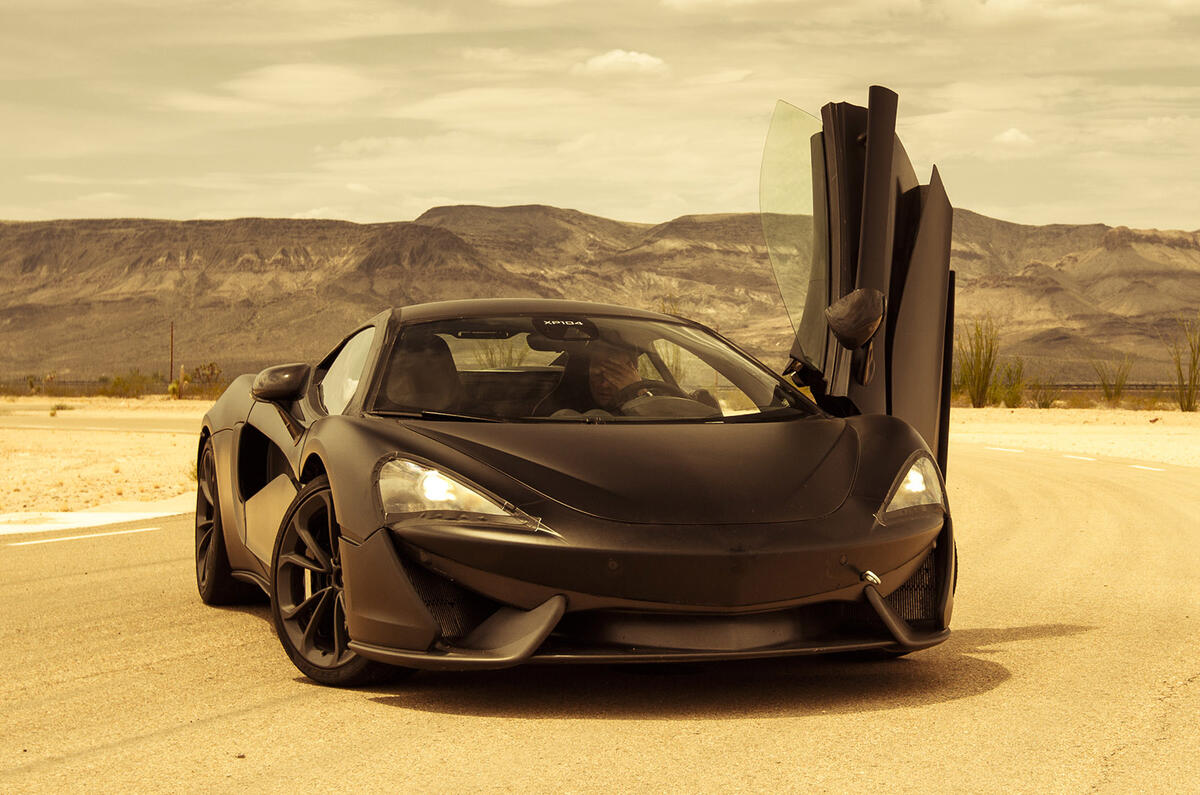

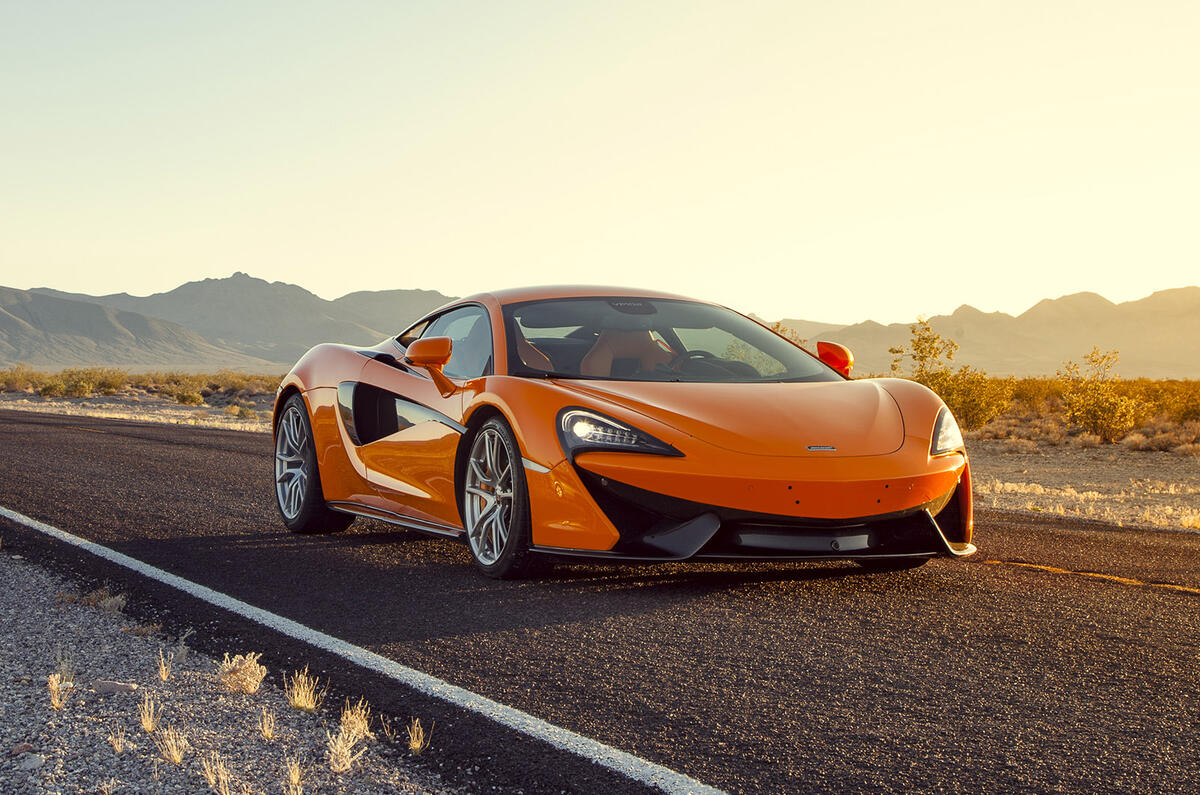
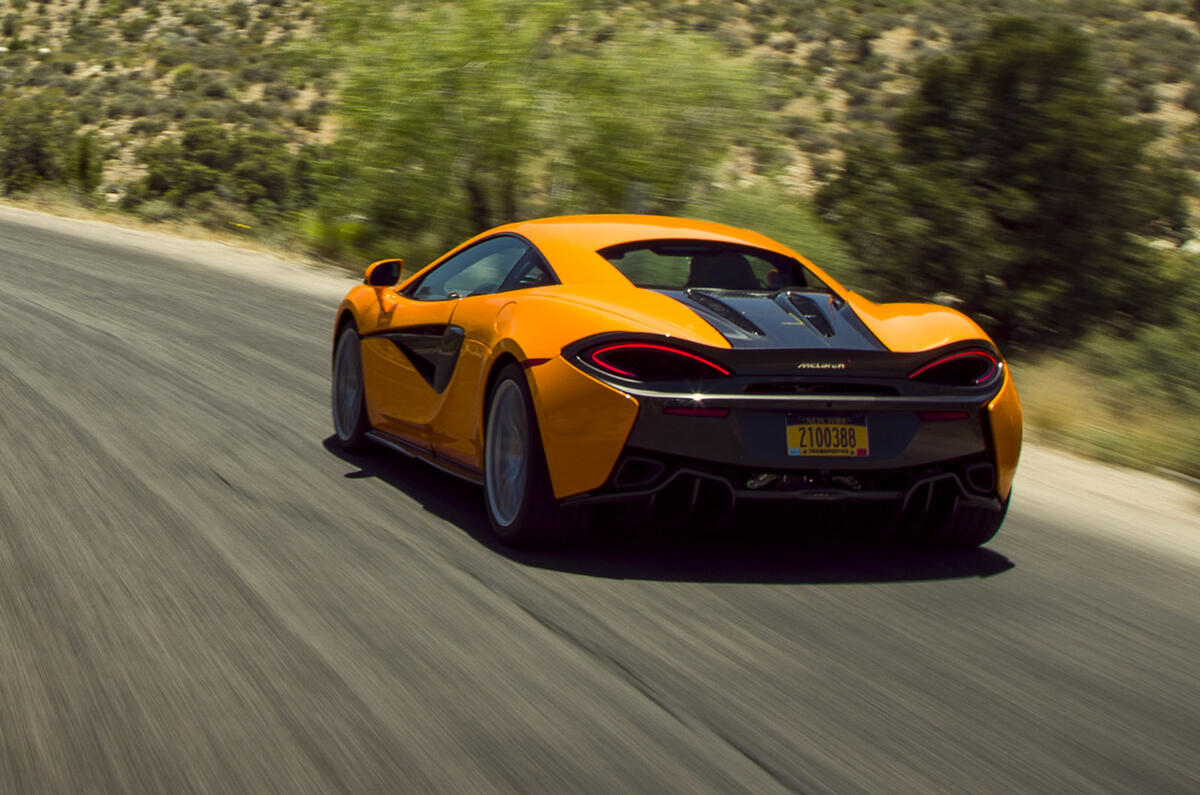
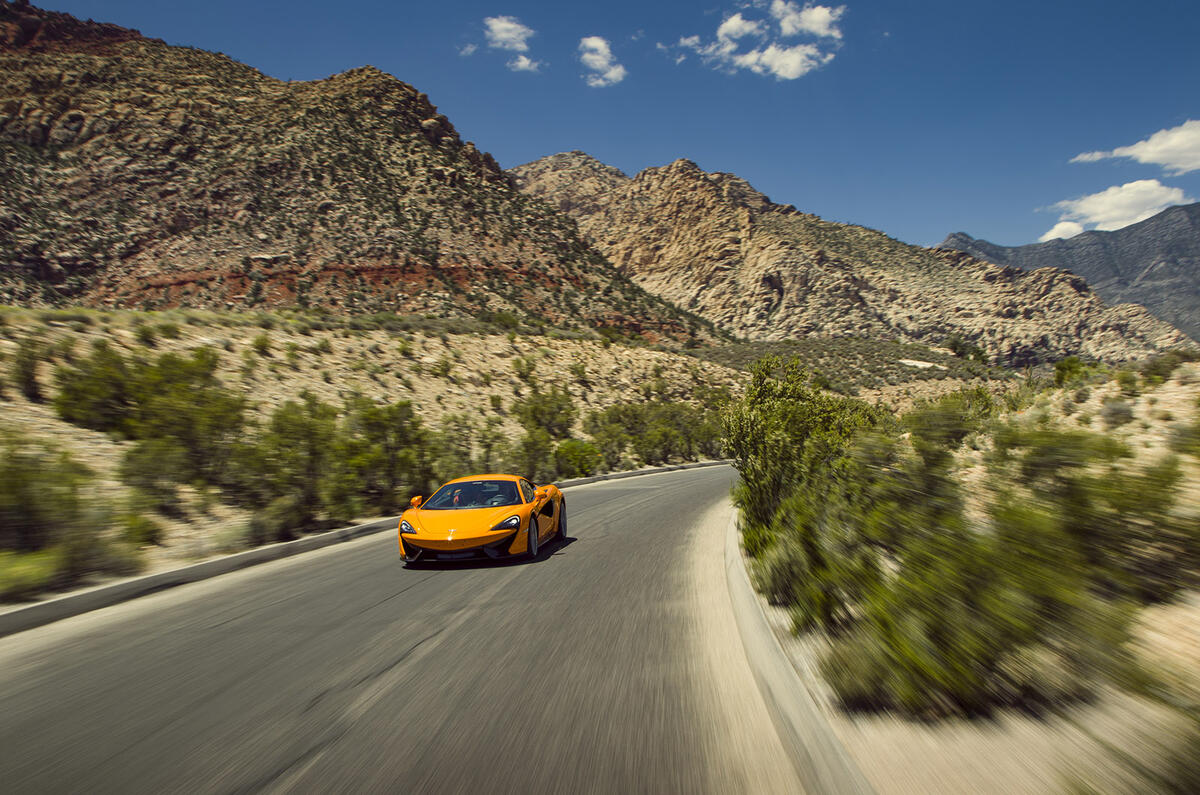
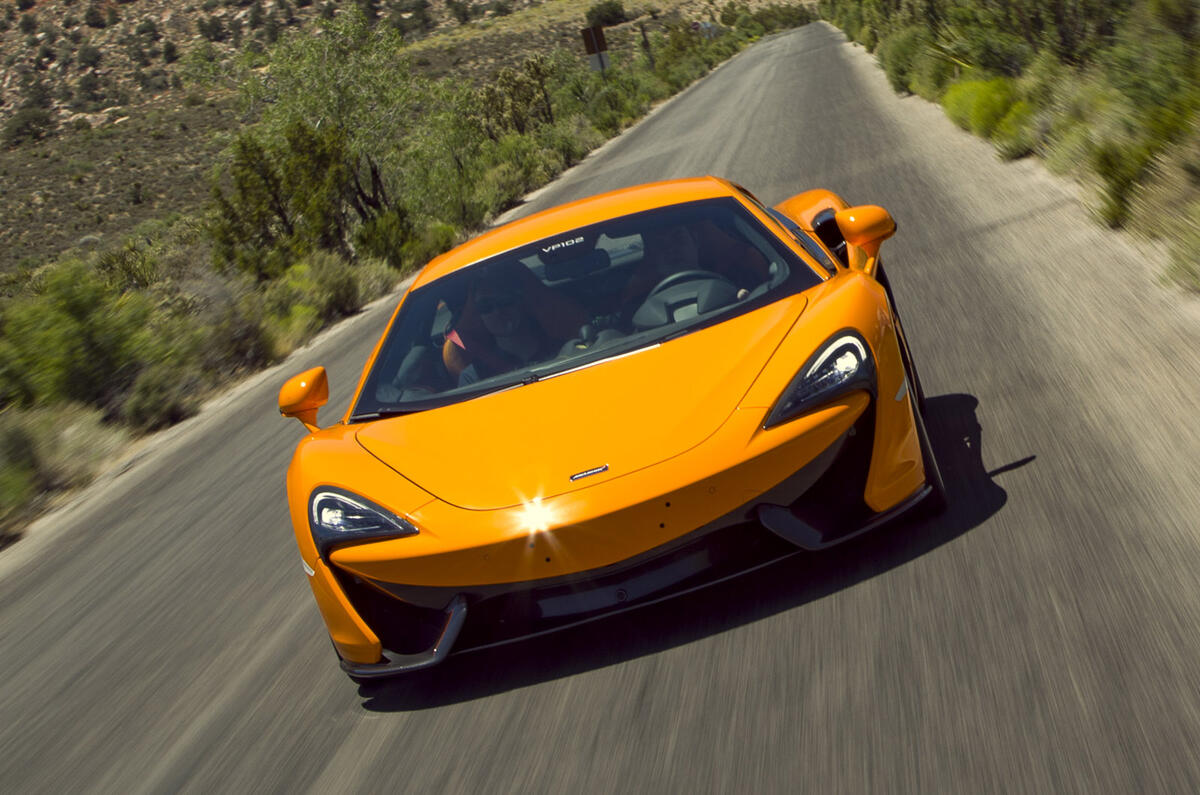
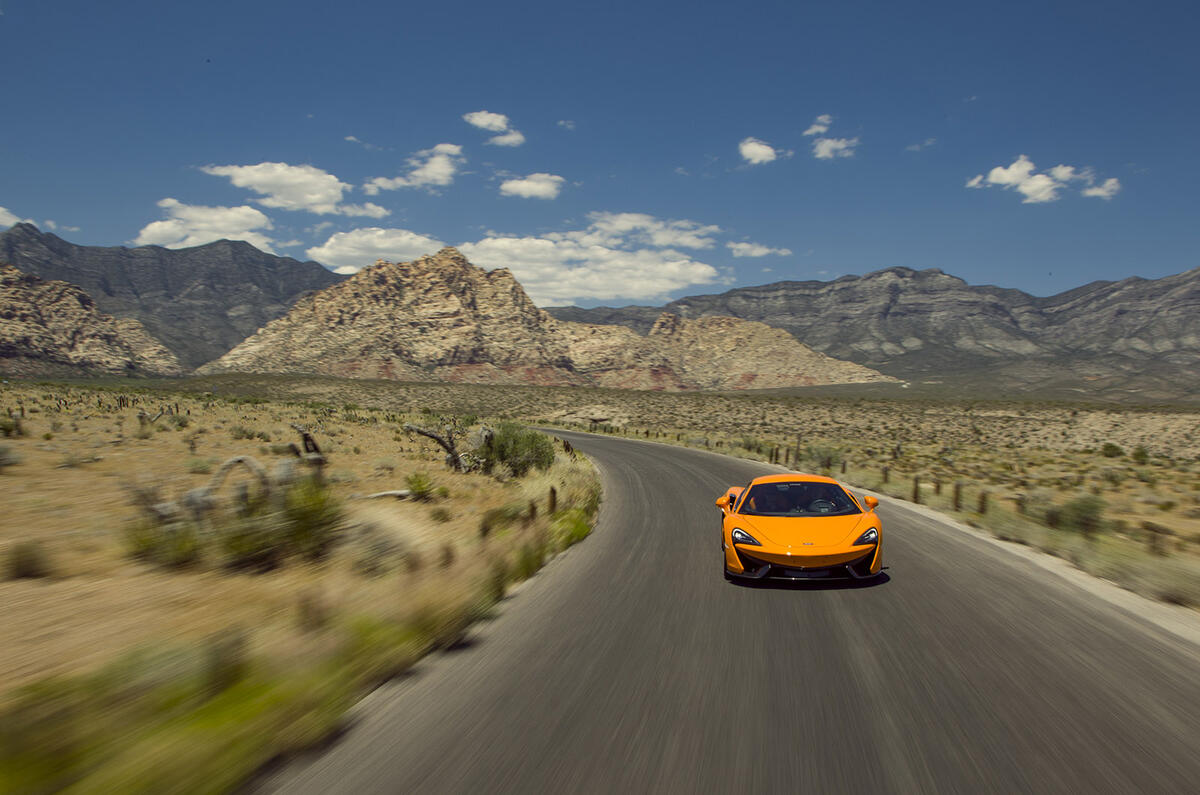
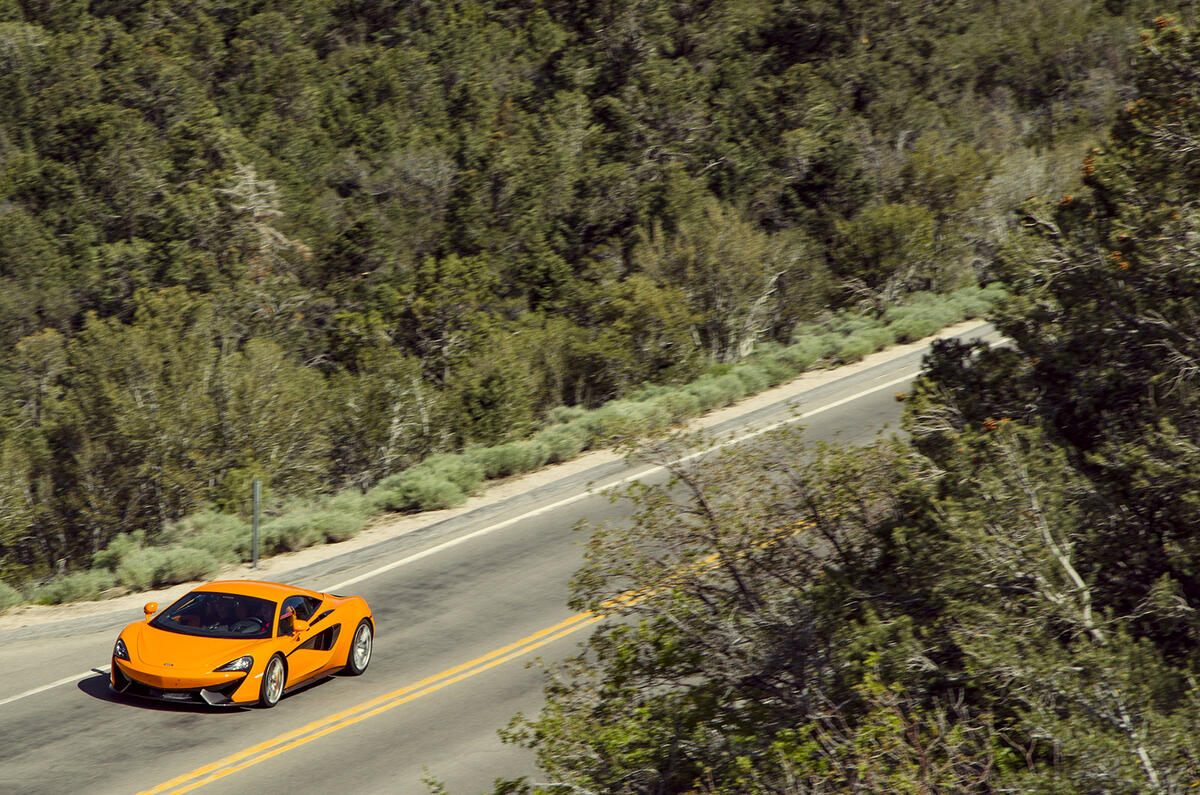
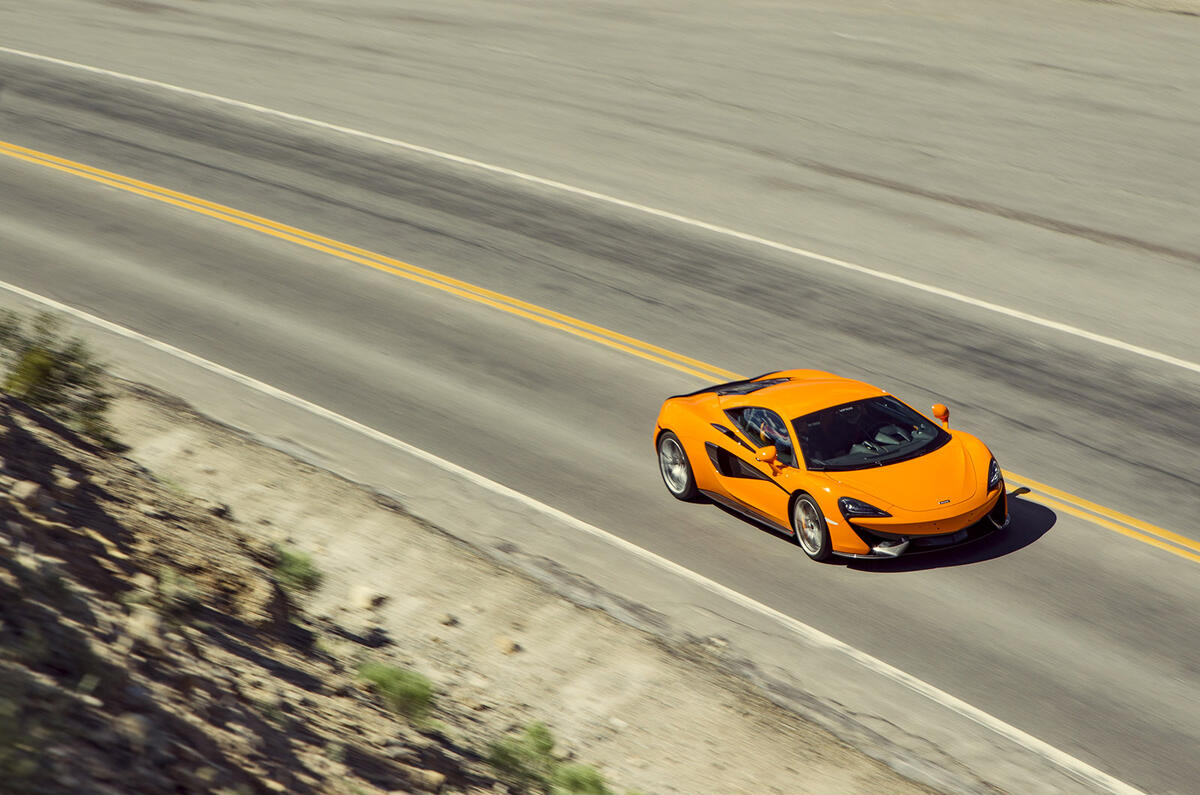
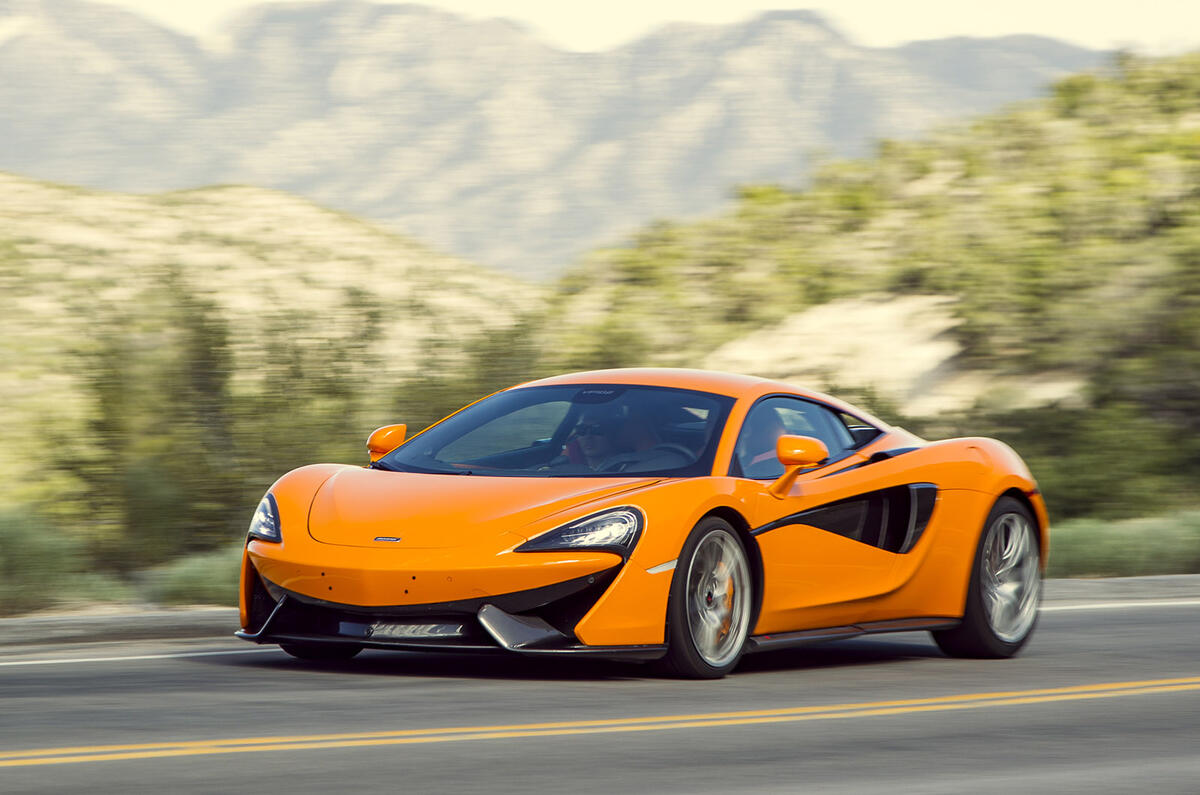
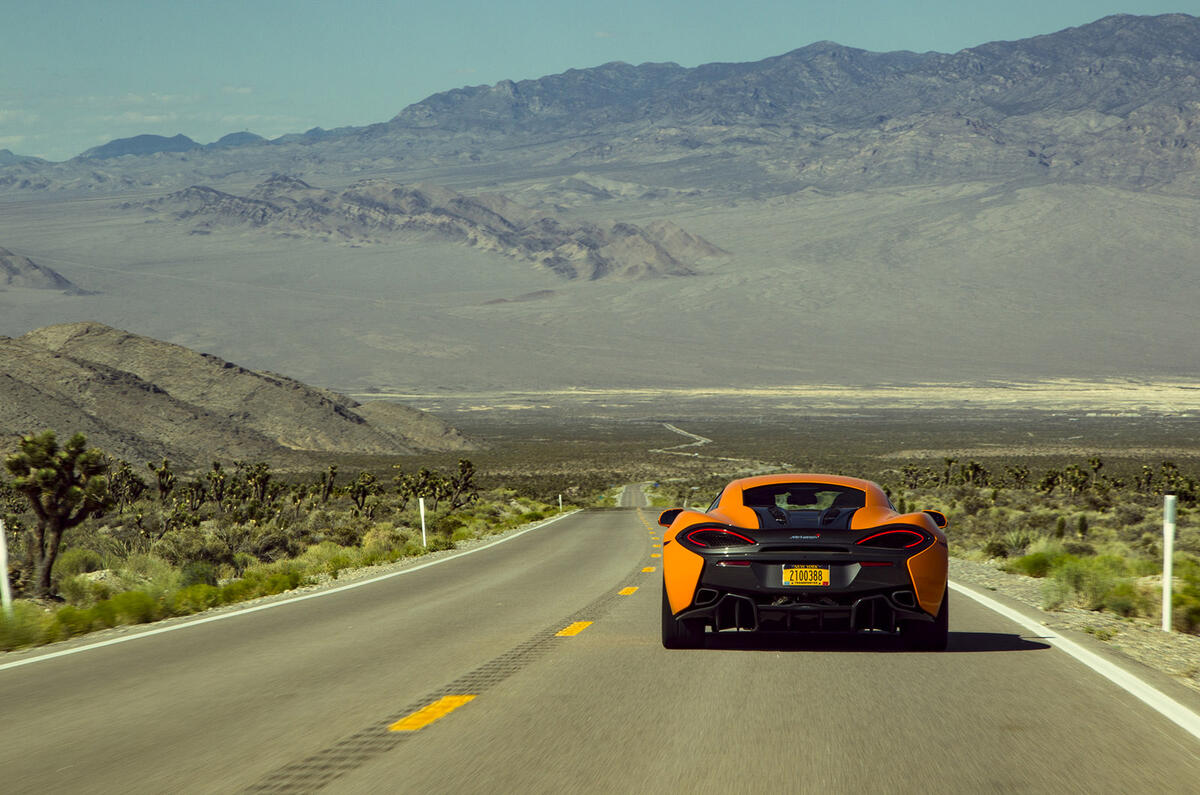
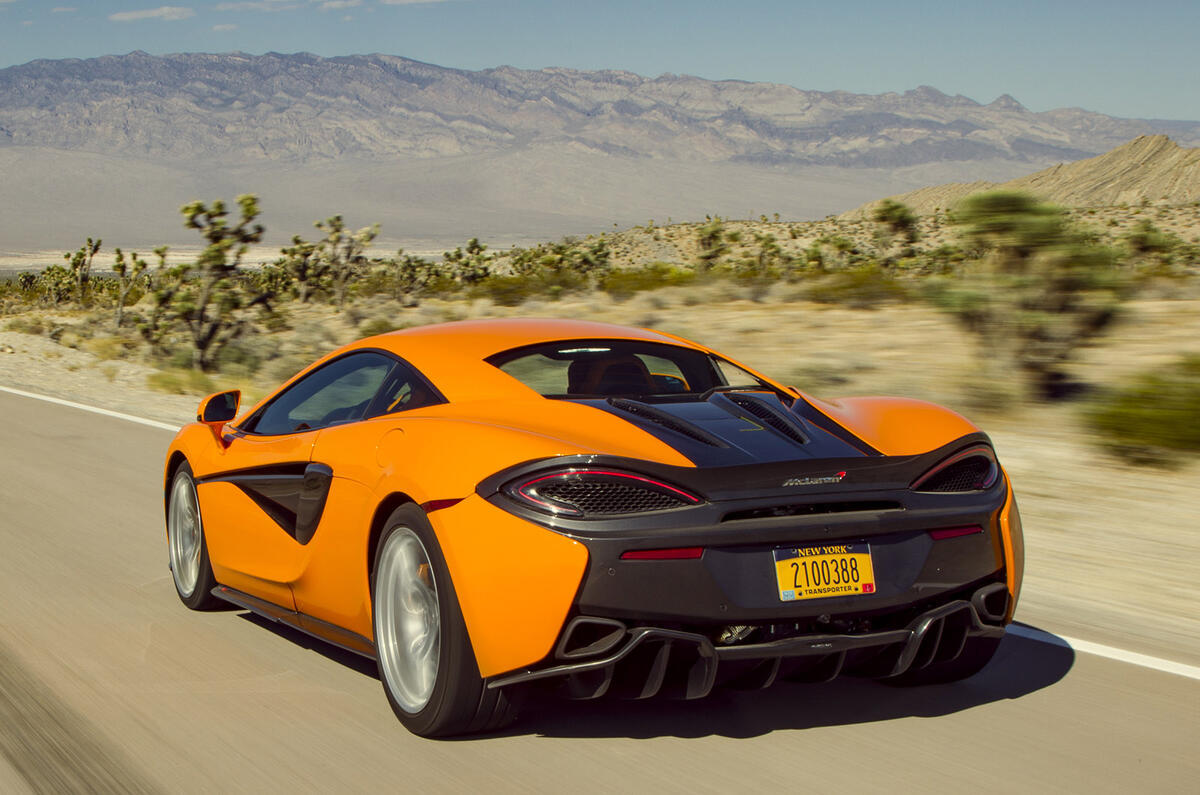

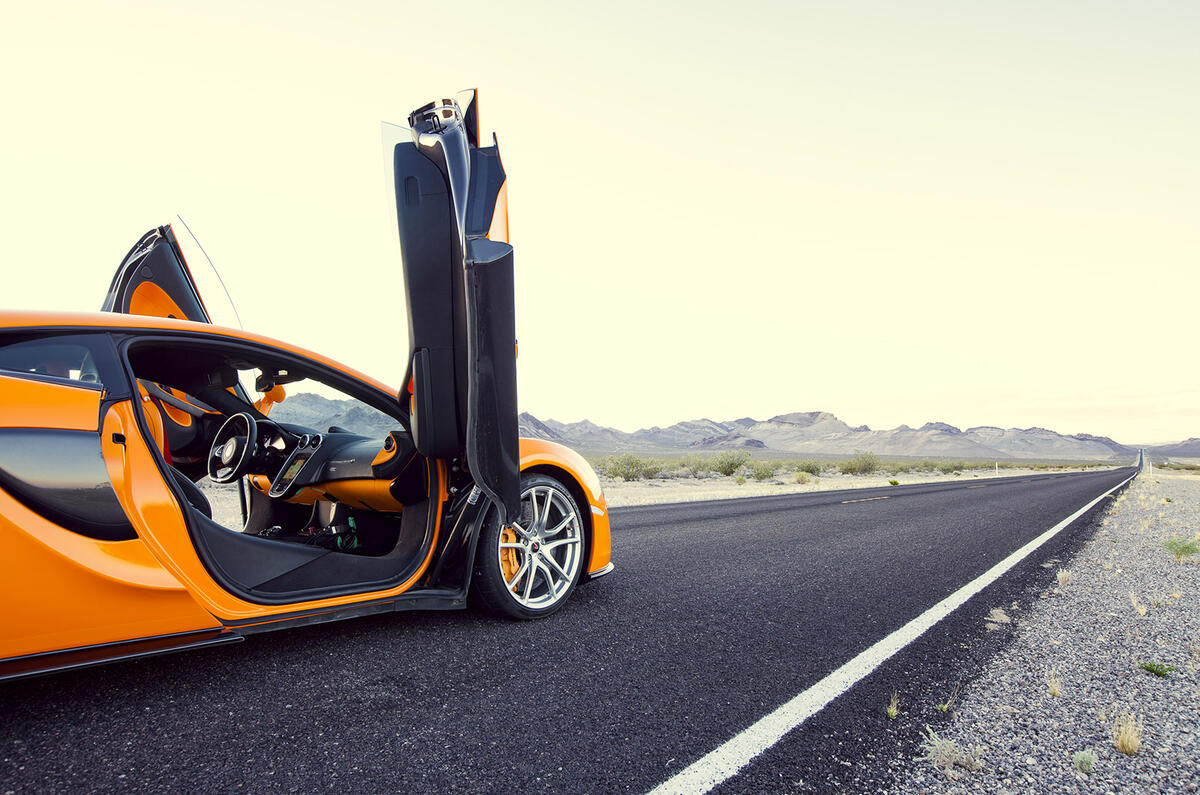
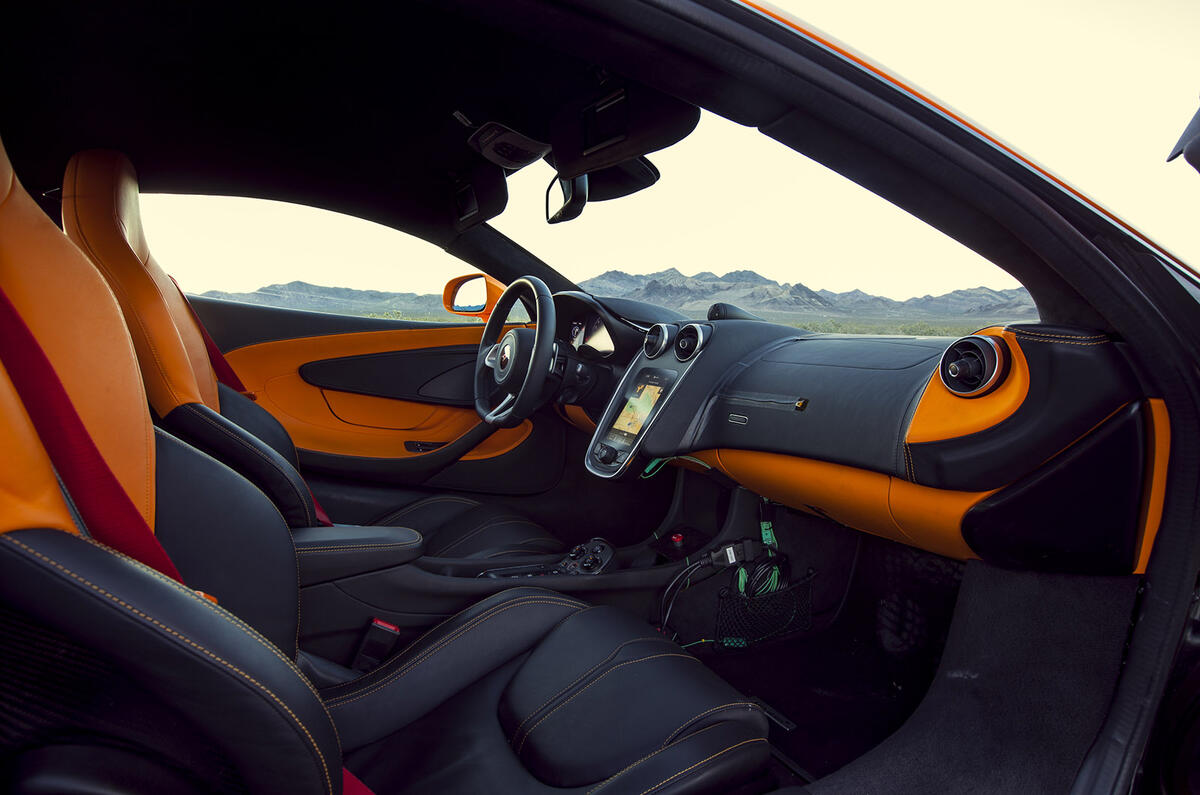
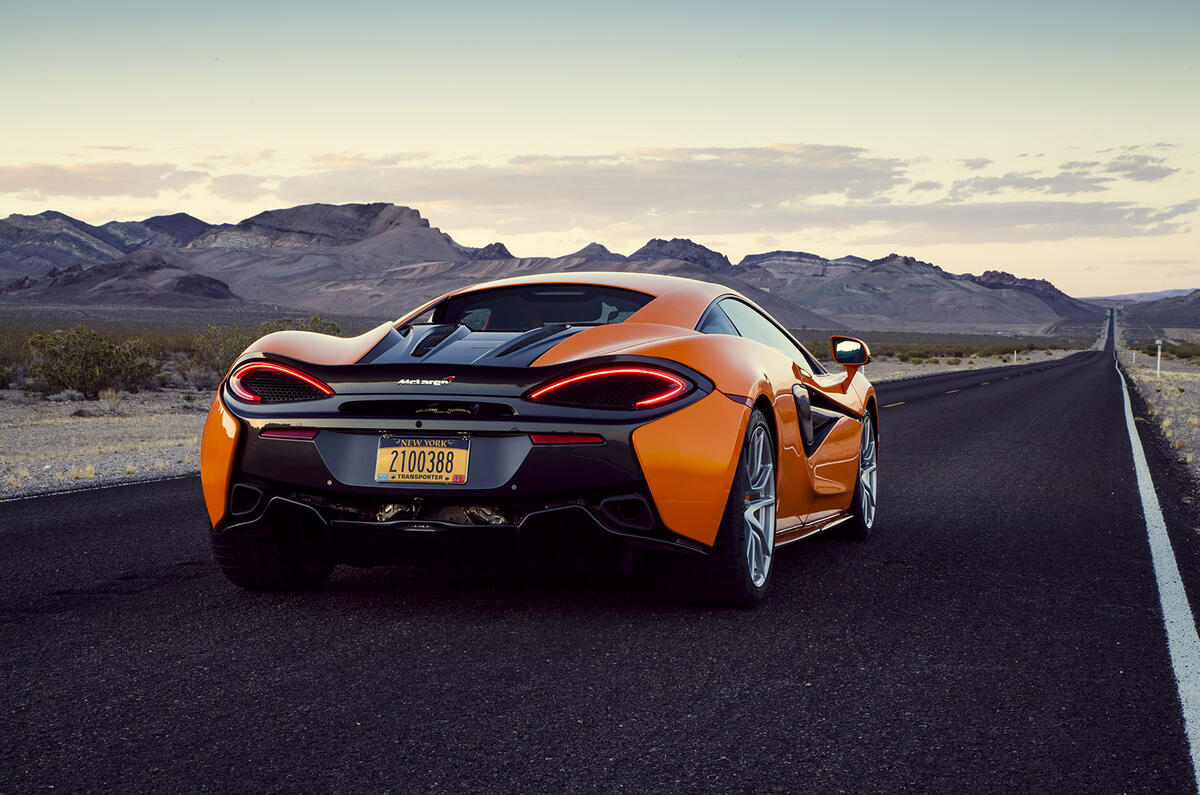

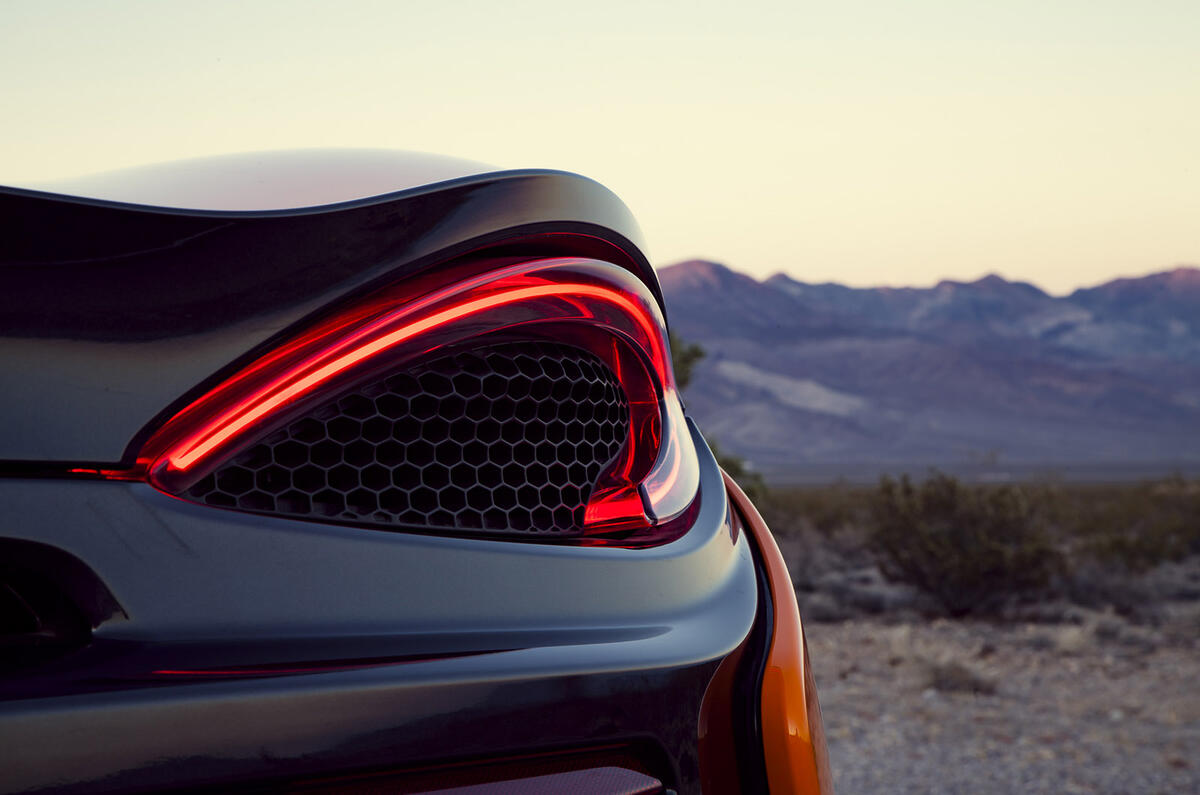
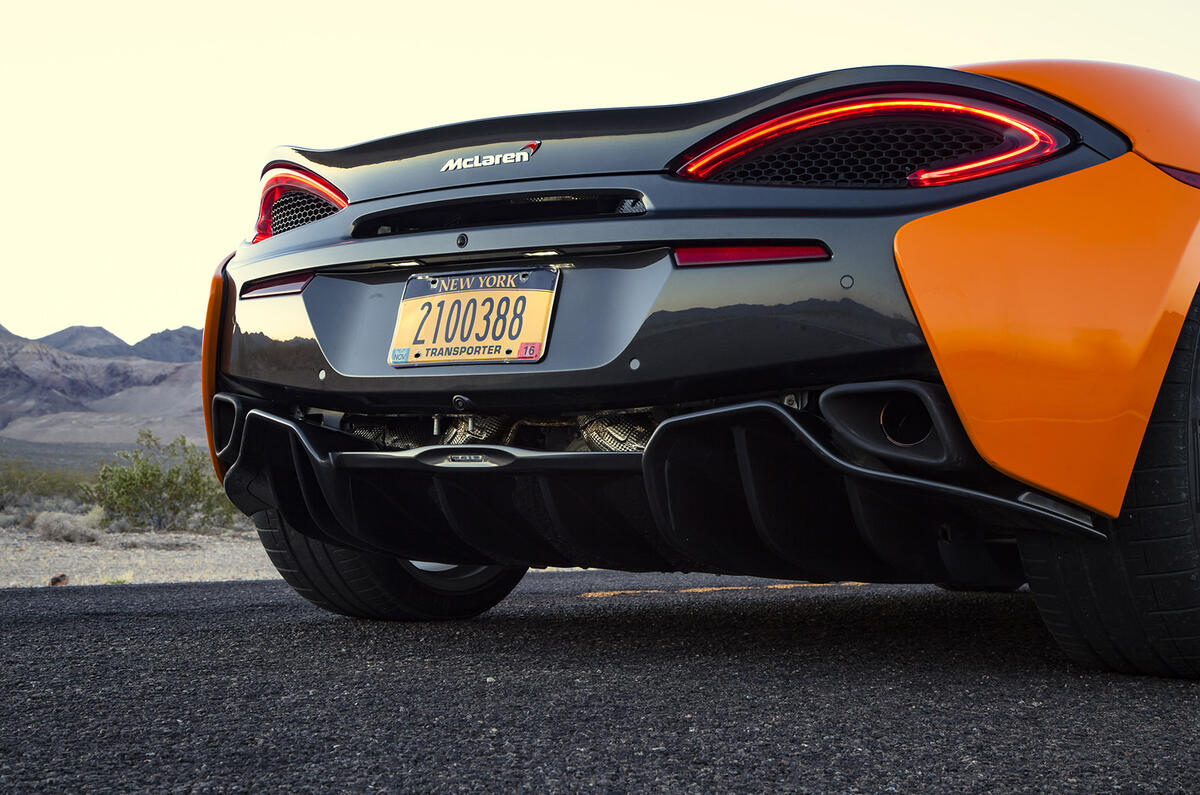
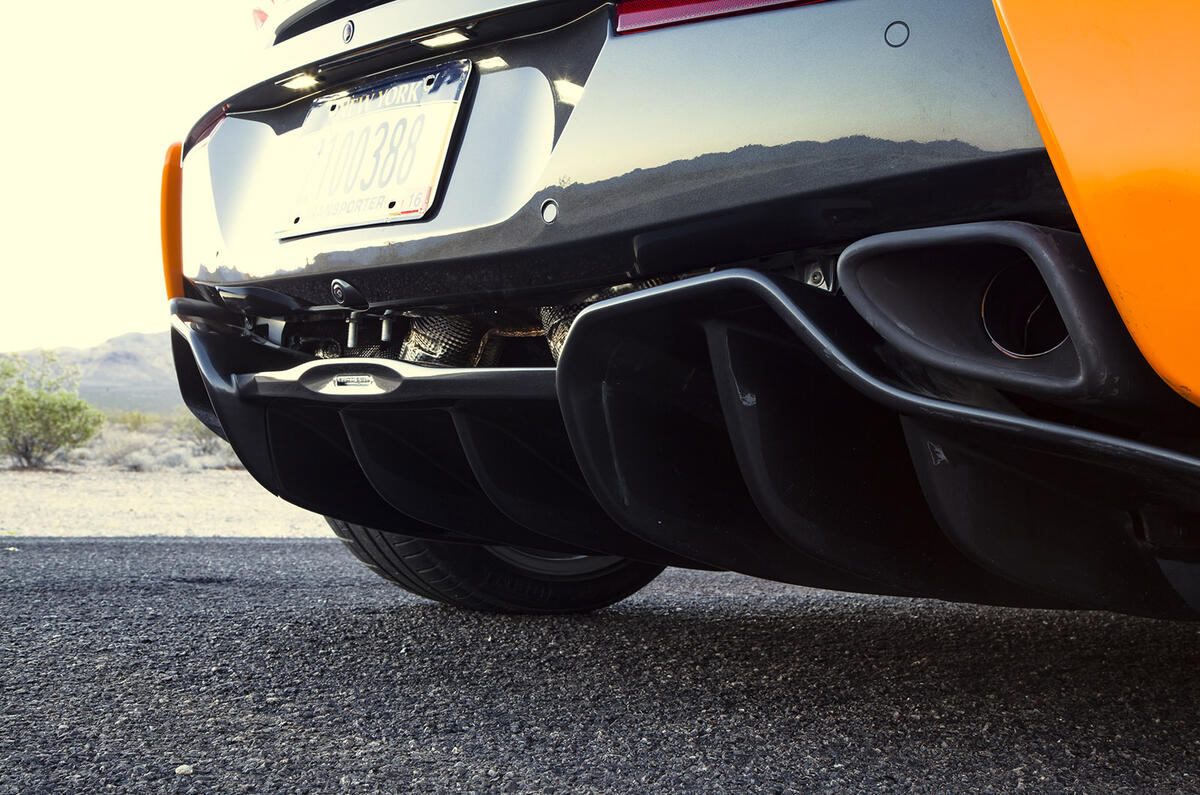
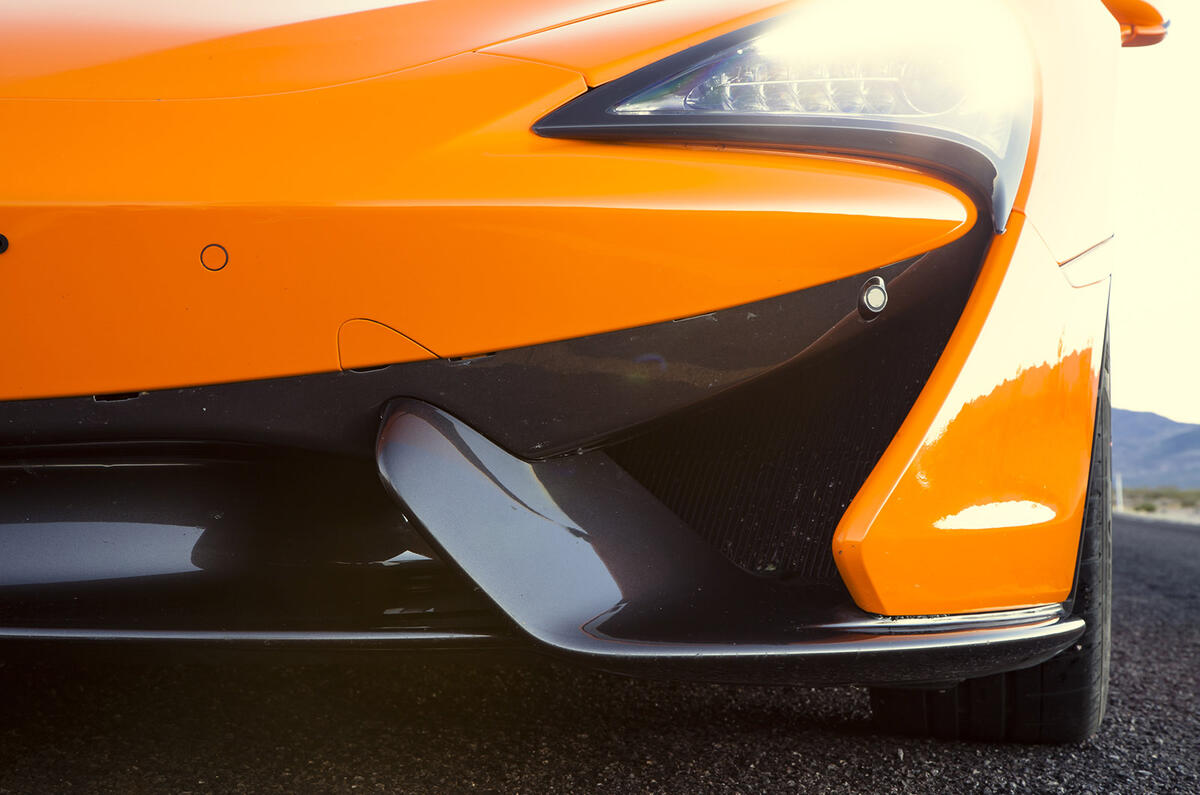
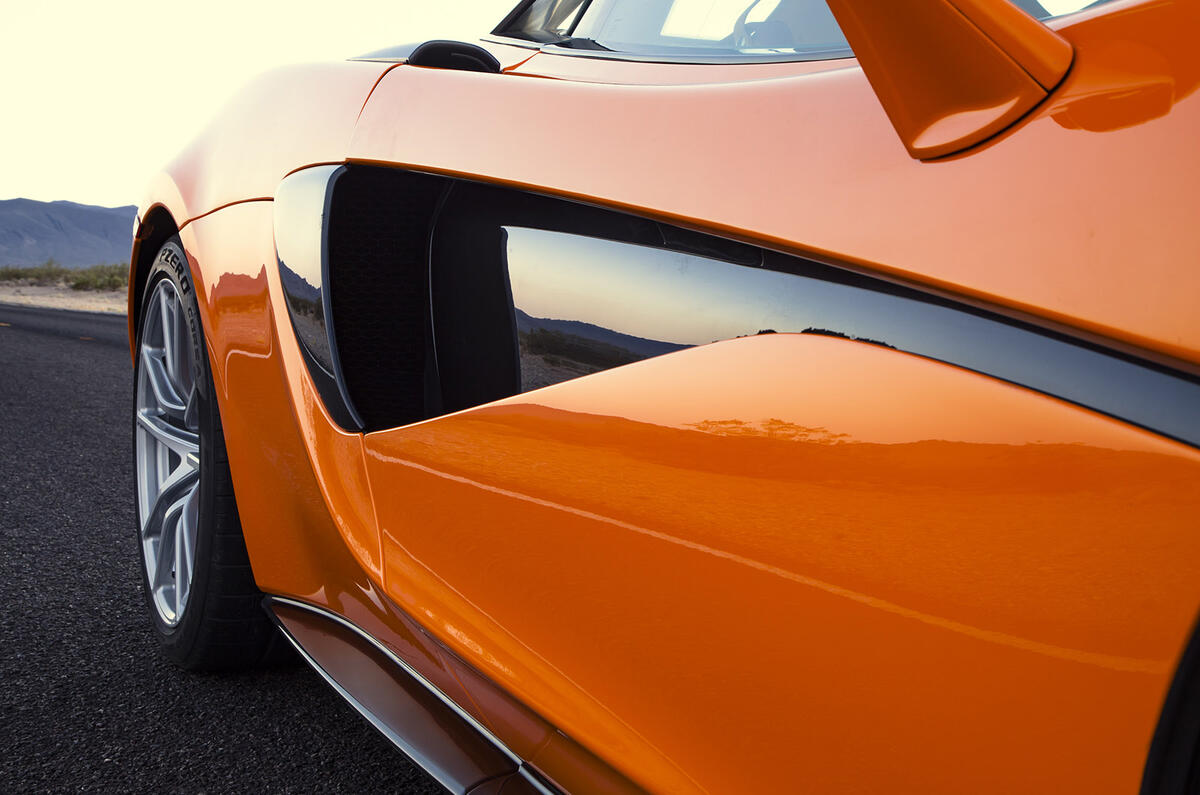
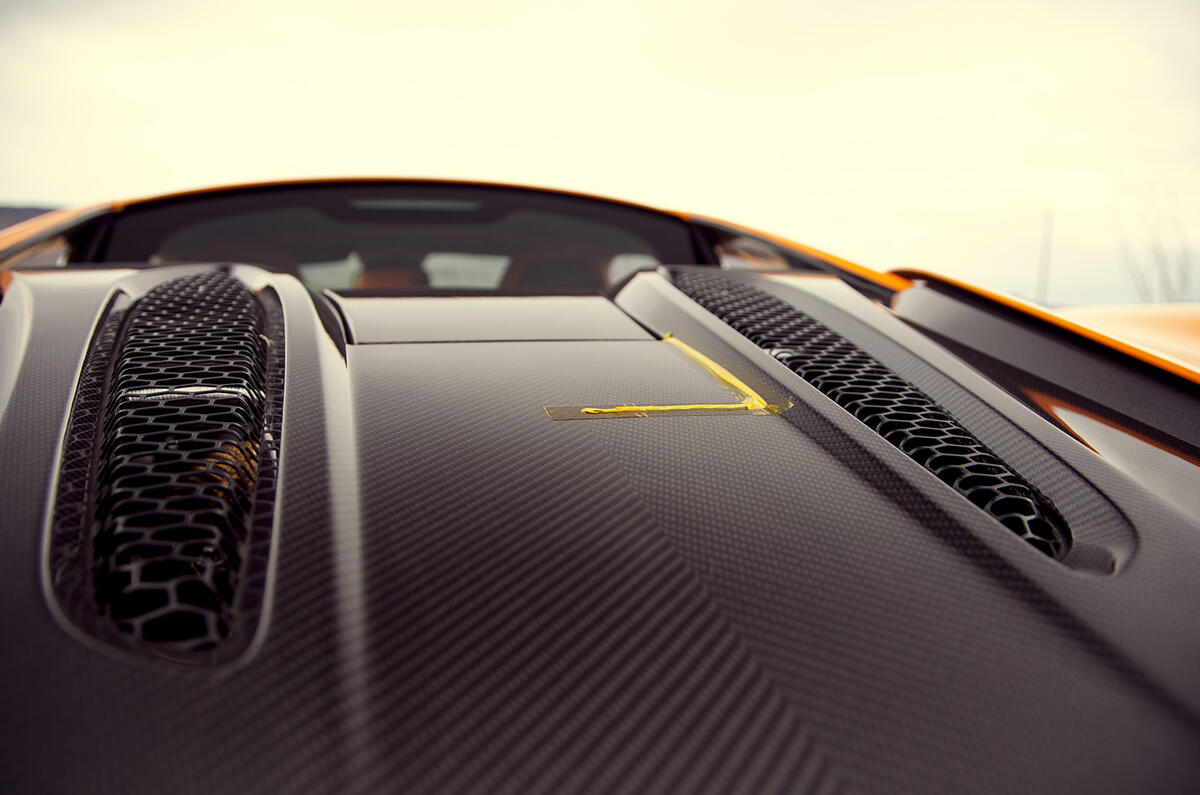
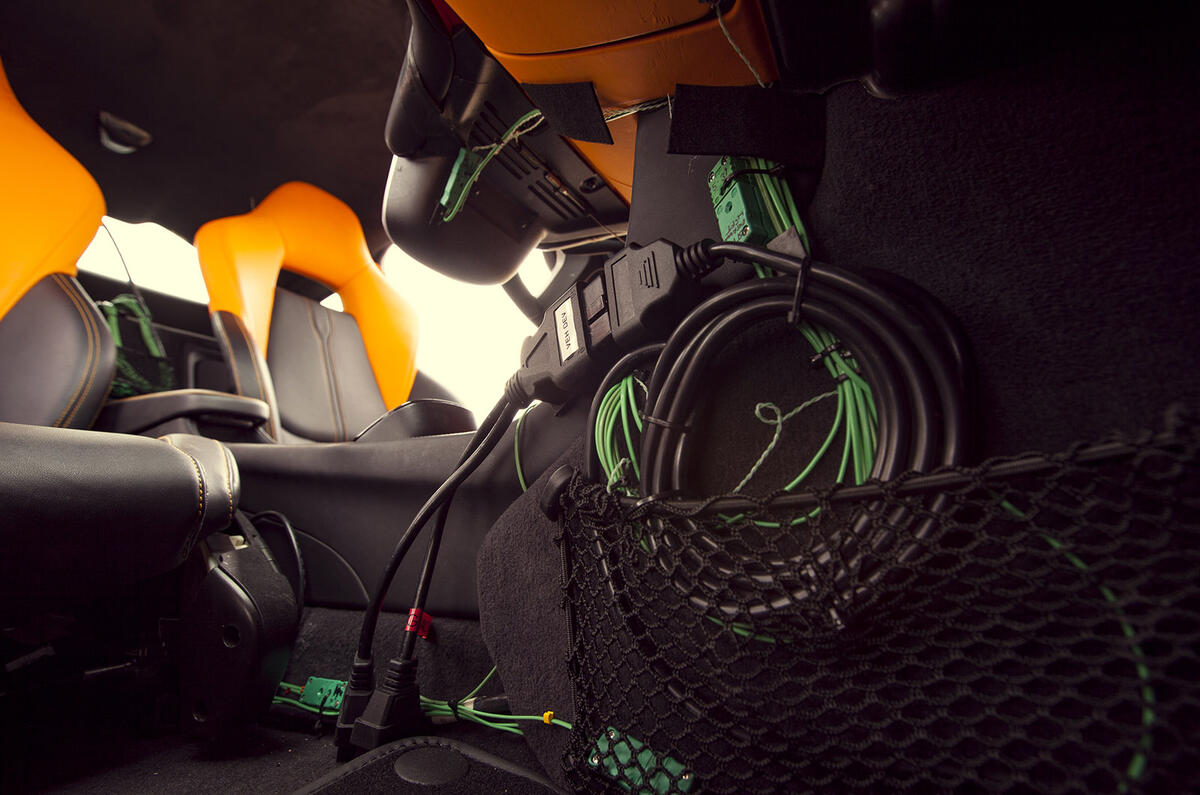
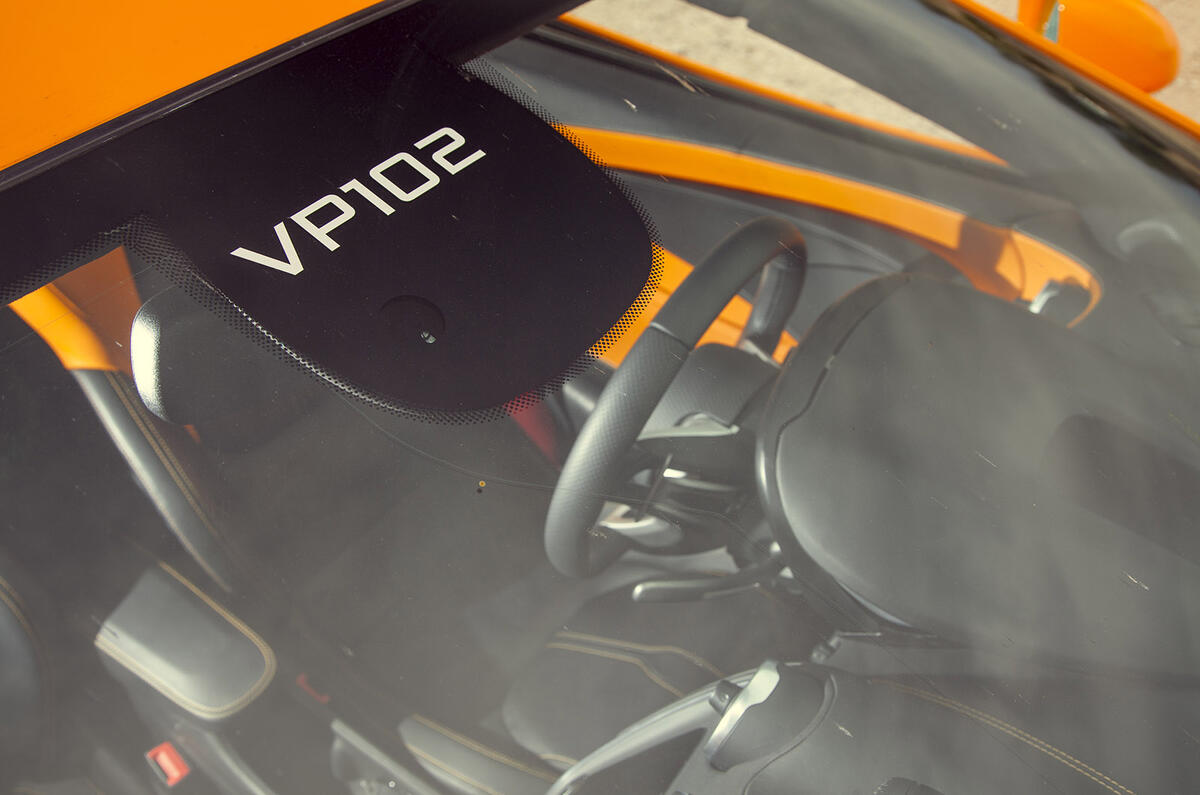
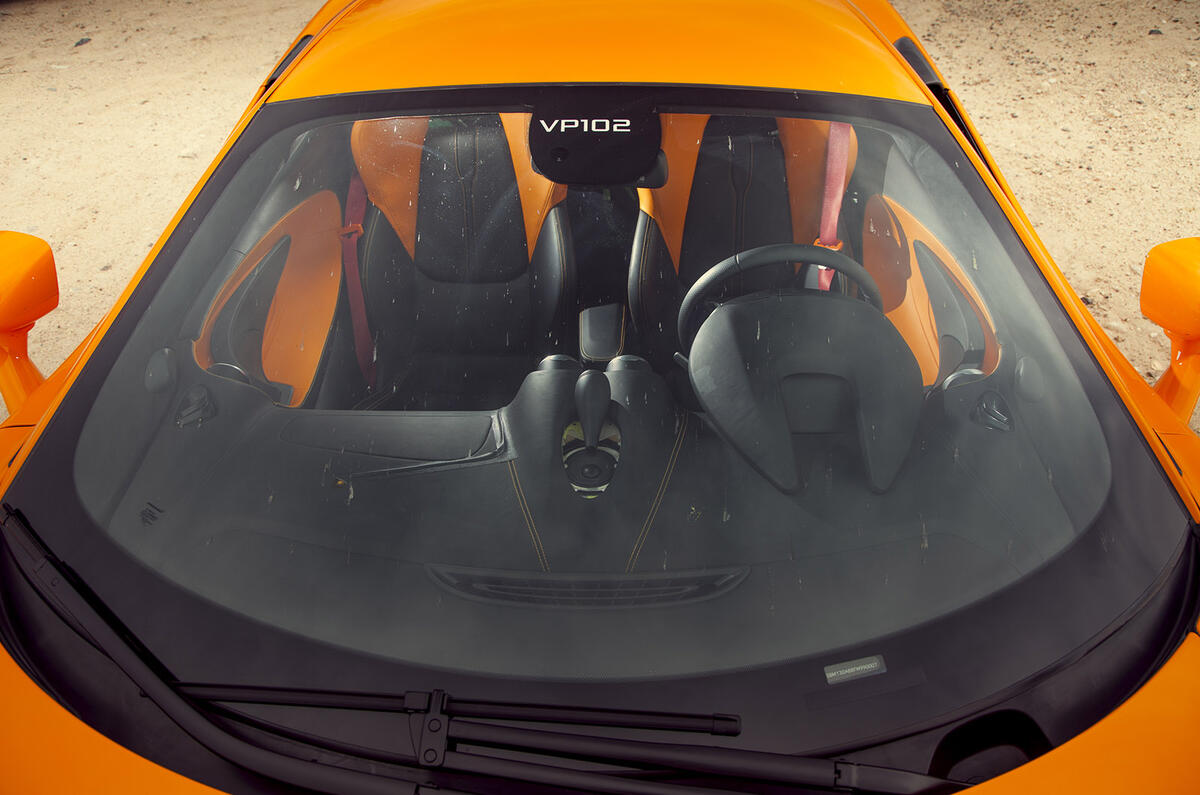

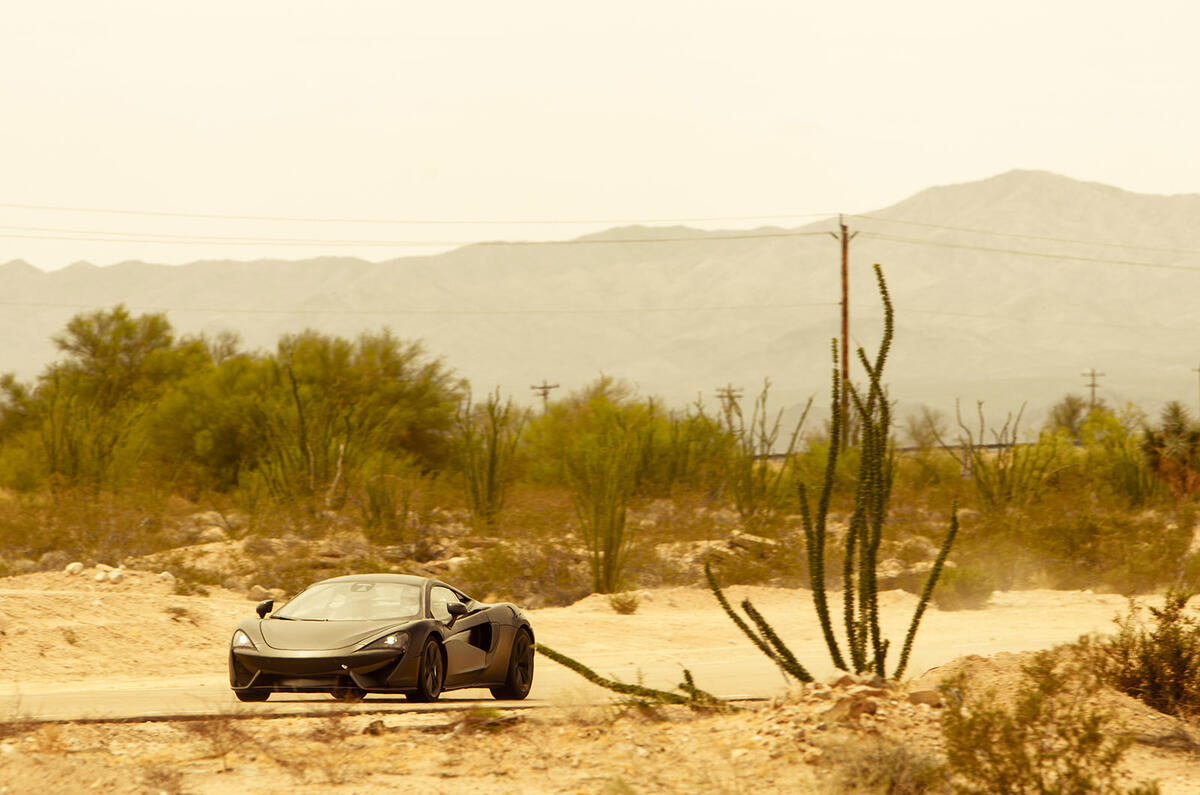
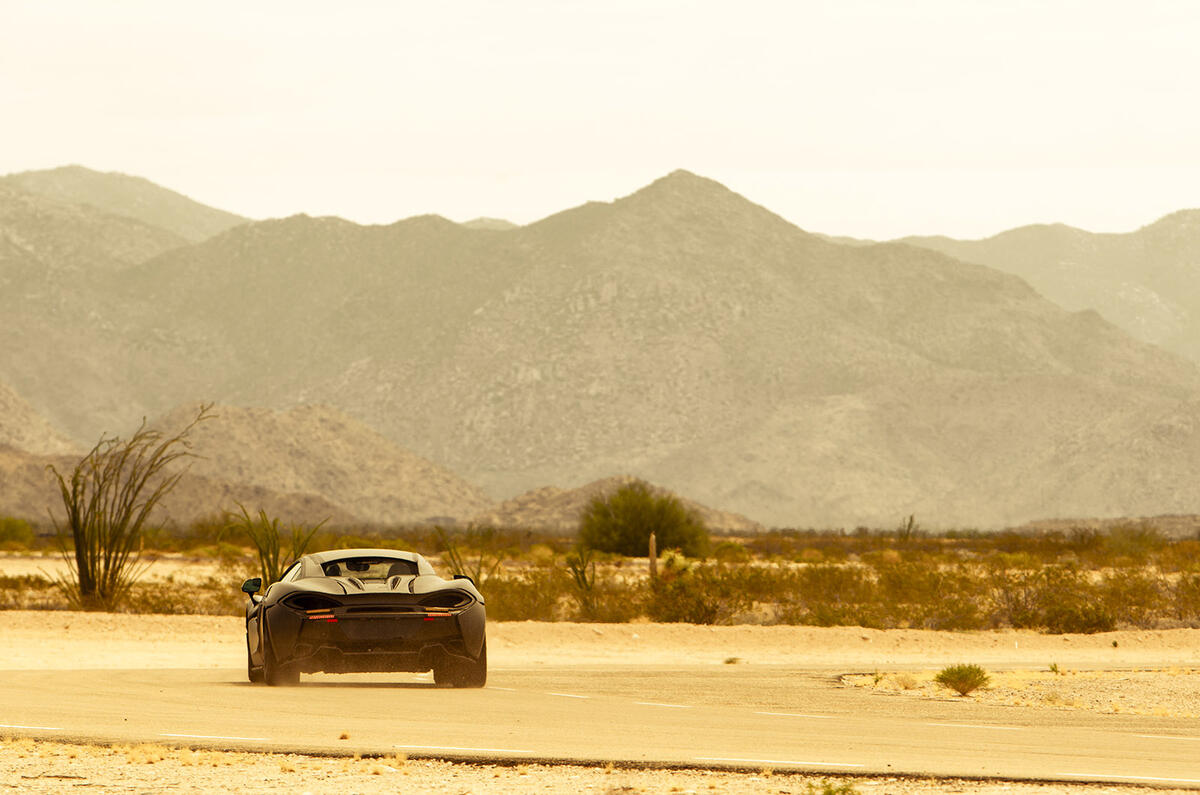
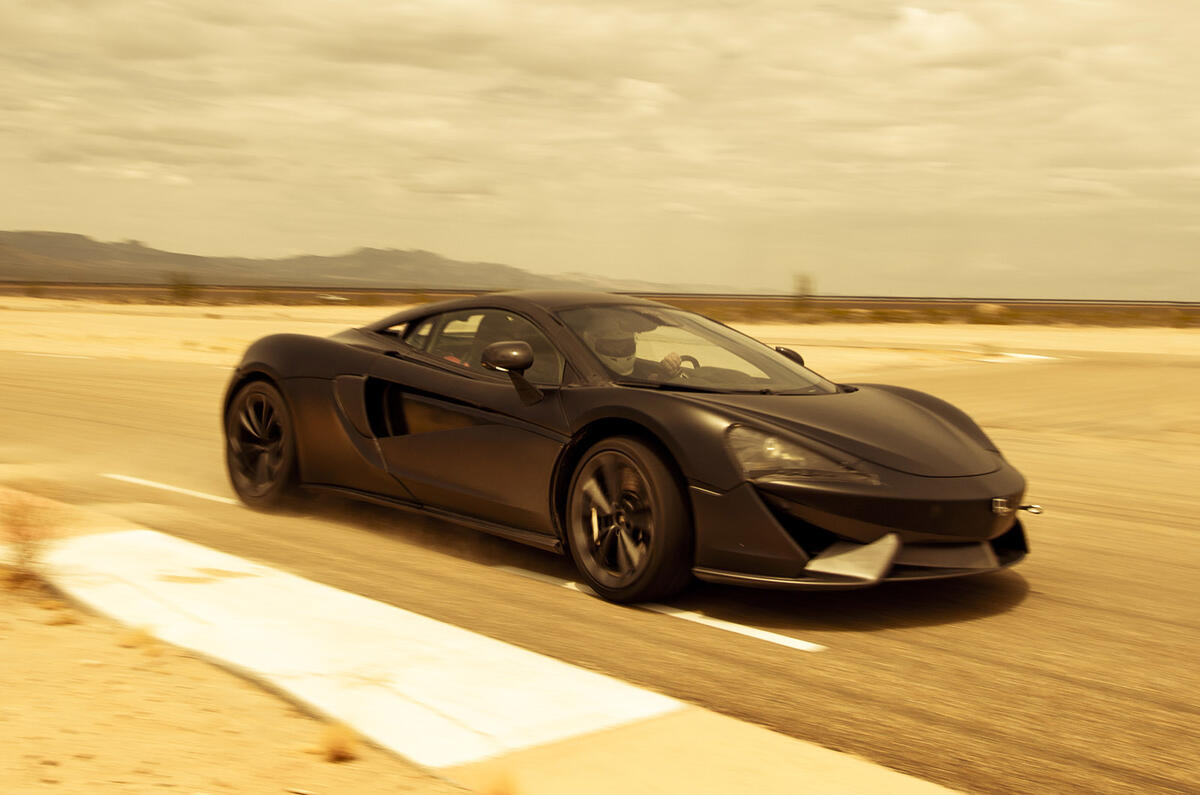



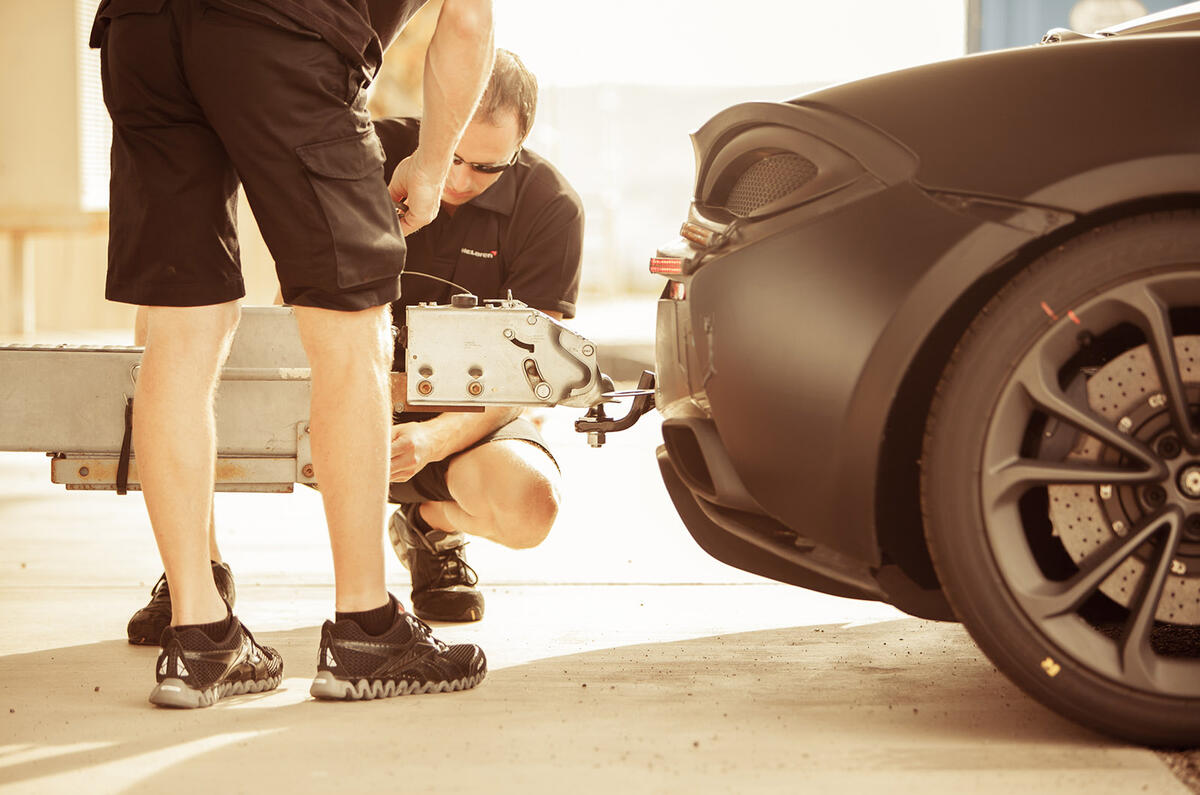
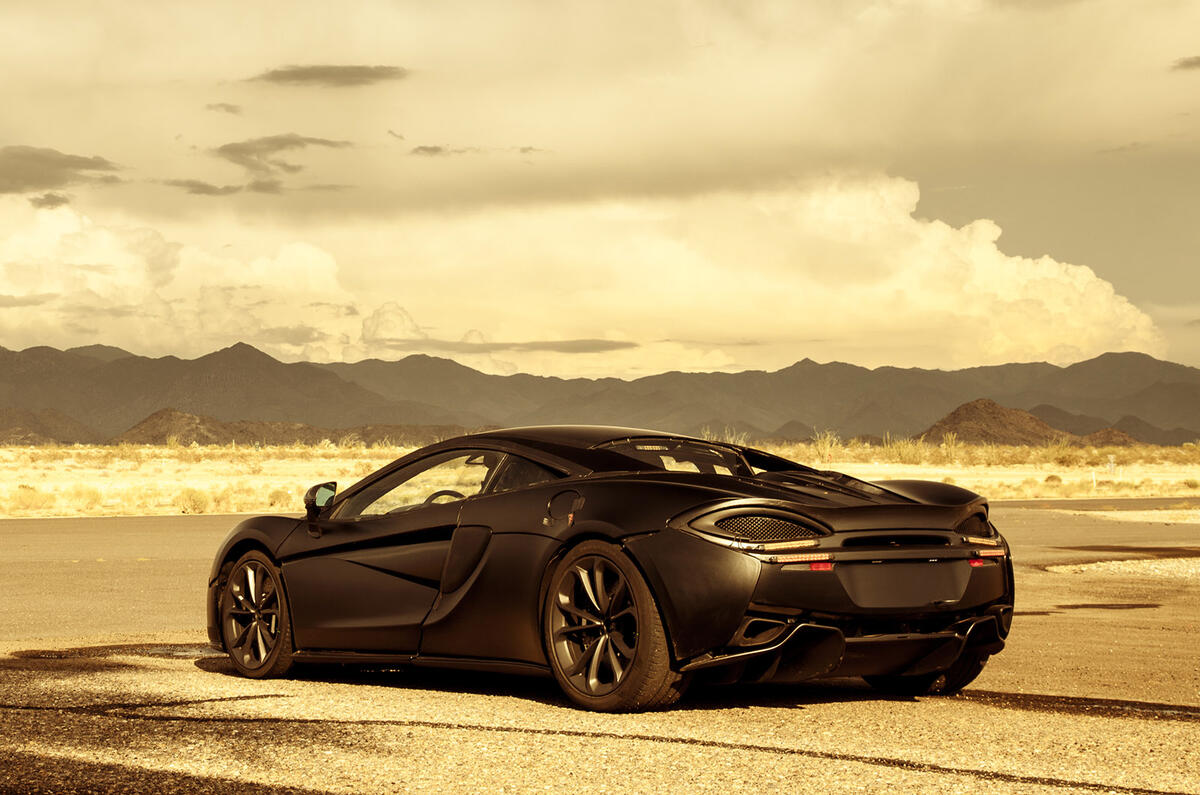
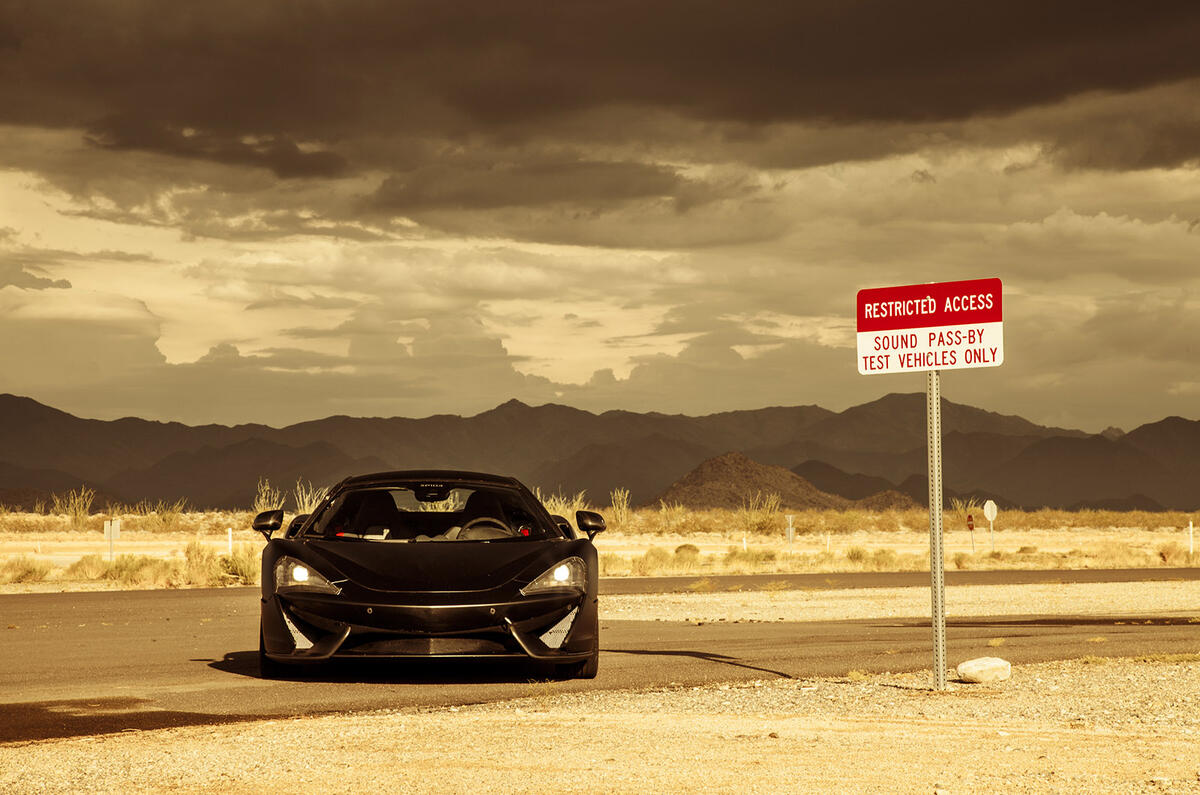
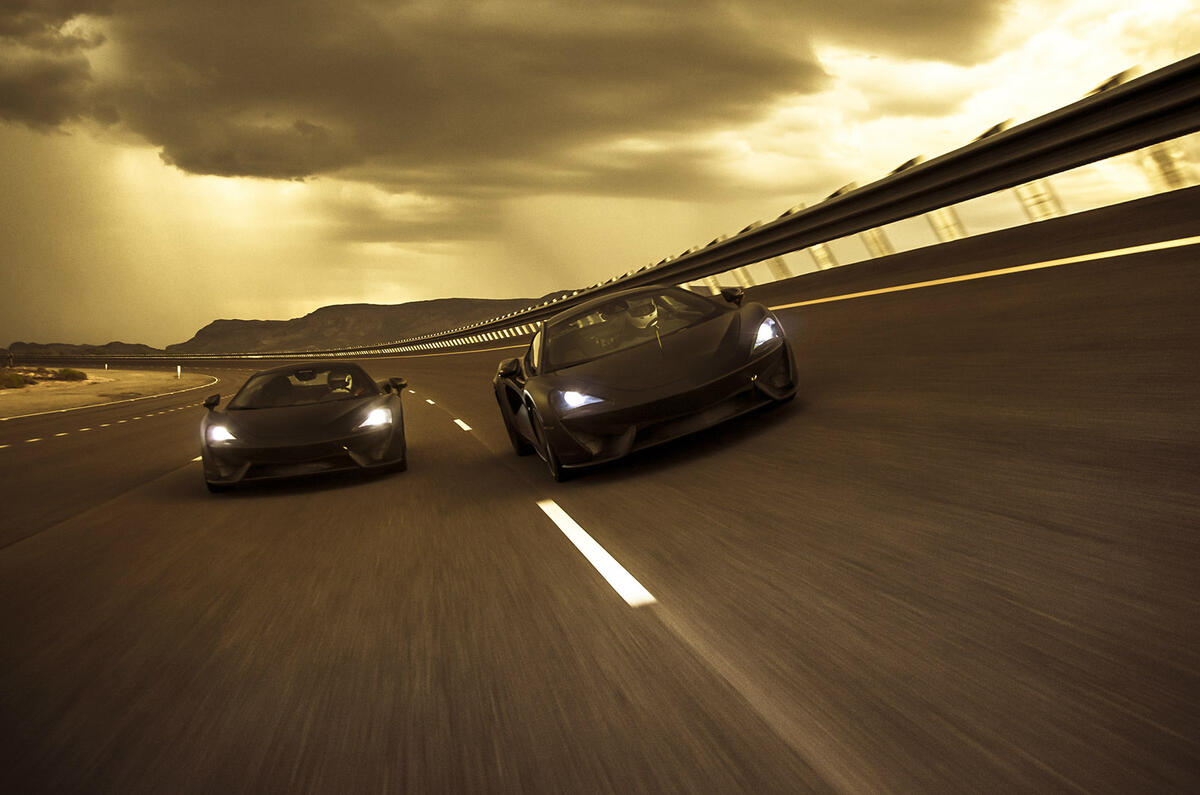
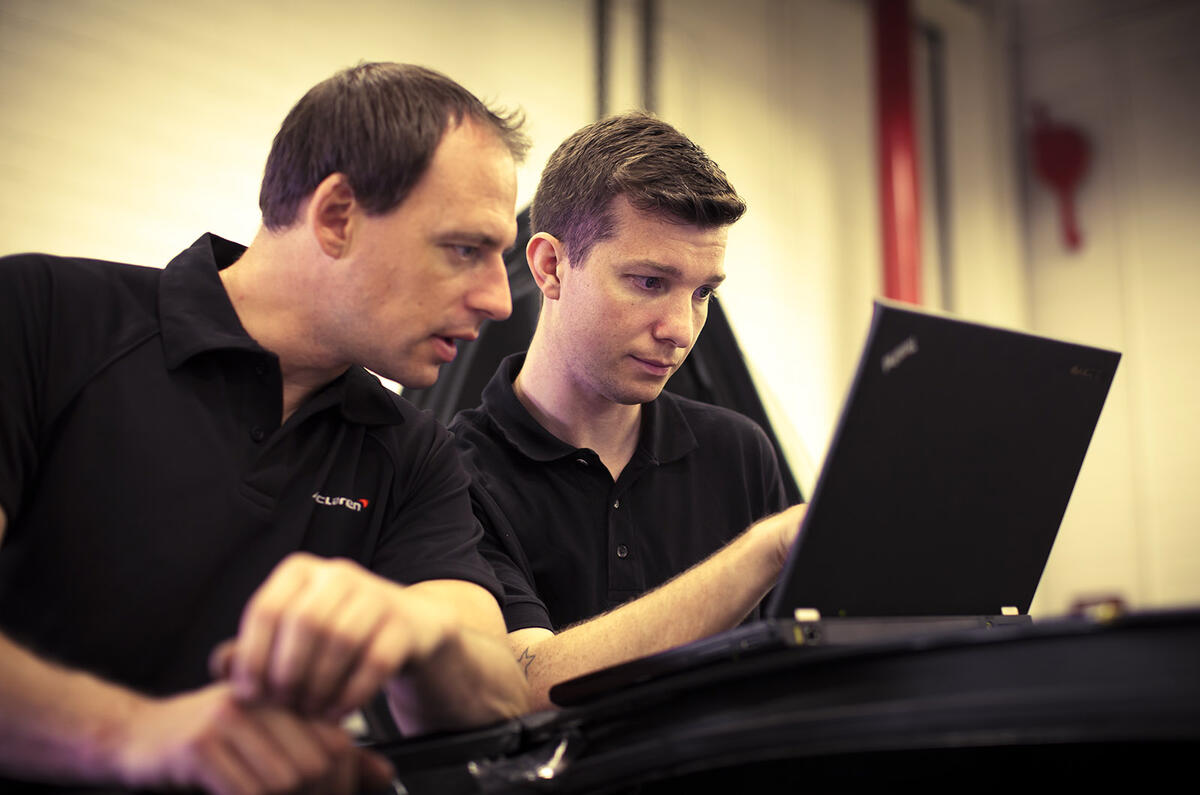
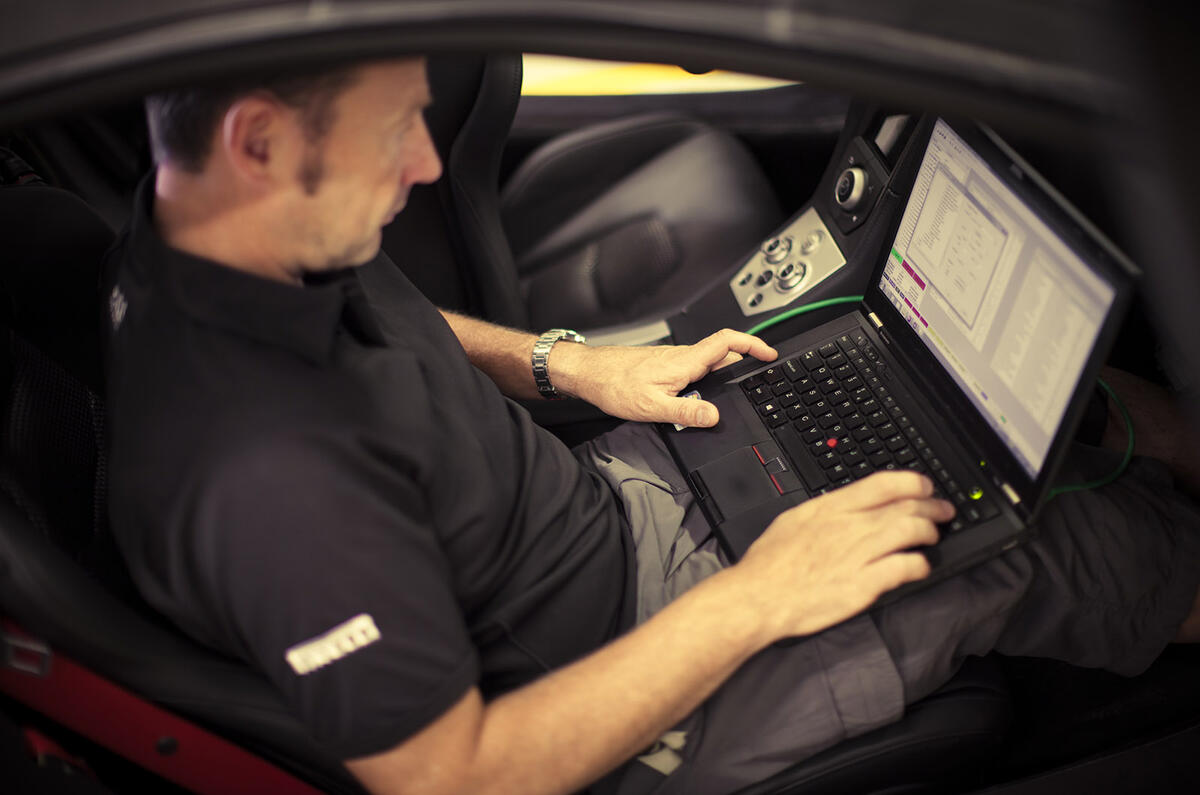





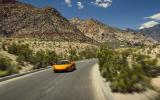








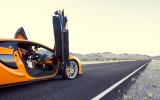


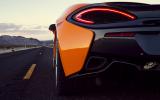


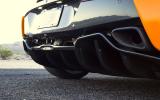
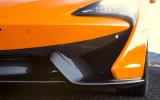


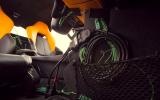
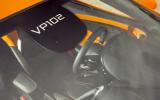
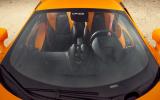
















Join the debate
Add your comment
The McLaren magic